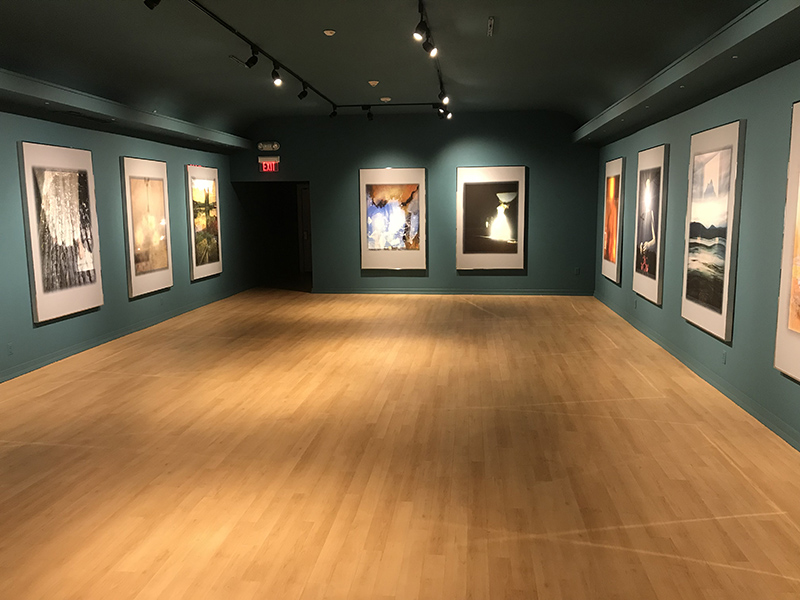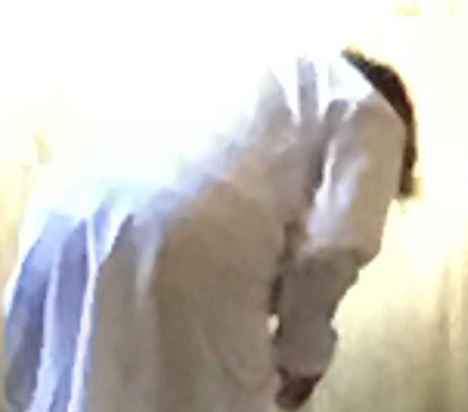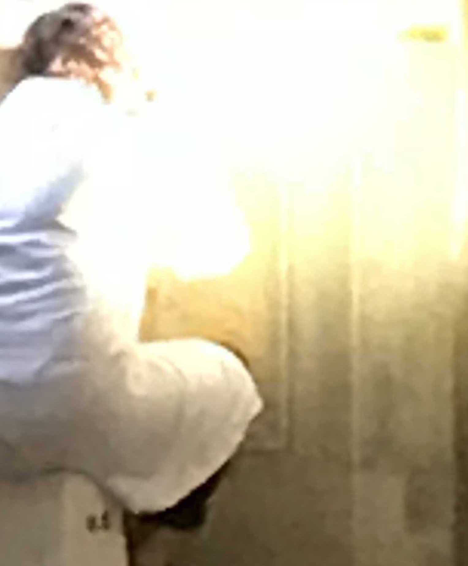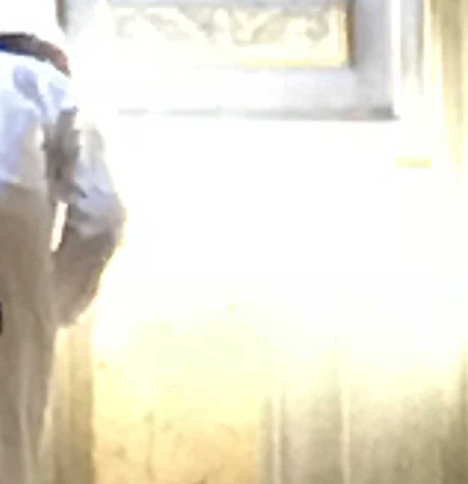
LIMBUS
I first encountered the word limbus in a book where I learned that the Renaissance physician Paracelsus took its earlier Latin definition
-- Margin border edge --
and gave it a new meaning, a hem in the universe
between spirit and body
where potentiality gives way to specific, real things.
Limb liminal limbo limbic
Limbus has the same root as these other words –
words that speak to edges, and also to thresholds and way stations,
to blurry borders and transitions.
To the way that passages interpenetrate inside my own images.
Then I learned the way limbus is used now. It refers to the junction of the cornea (think, broadly, ‘eyeball’) and
the sclera (the white of the eye).
This protean word speaks to optics, to vision, to seeing, to the lens of the eye.
To a camera.
The limbus is also where the stem cells of the cornea live.
From the limbus, acting as pathway, the stem cells replenish dying cells.
They also maintain the cornea, replacing cells that are lost via tears.
They are infinitely generative.
For this show, I began to think about how I could turn a multi-faceted metaphor into something physical. I didn’t know how. Then it came to me:
I could make a limbus for each image.
Each photograph here – both old and new, shot with low-tech cameras,
without manipulation,
Is now given a different life with a new way of printing
in which the photograph crosses over its own boundaries,
bringing elements of the image with it.
Borders become active spaces in their own right, pathways, and places of crossing.
My limbus.
Janet Sternburg 2018
LIMBUS
Solo exhibition at the USC Fisher Museum of Art,September 18, 2018 - December 1, 2018
Exhibition Catalogue, with essays by Antonia Damasio, Eric Gudas, Selma Holo


________________________________
Excerpt from LIMBUS: Edges and Crossings
A Meditation in Words & Images:
A month after the opening of the LIMBUS show, I saw her at a museum in Rome, in a corner, below a window.

Everyone else in the gallery was looking at the antique furniture on display in the center. I was looking at her in the light streaming from the window.

She was restoring a fresco.

To me, she became The Restorer, the avatar of repair.
________________________________
LIMBUS: Borders, Crossings, Stem Cells
Video produced with CultureHub
...